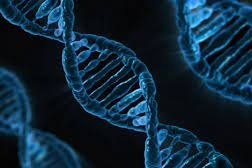Conservation genomics of the Endangered North Atlantic right whale
Obtaining our Data
01.
IDENTIFYING RIGHT WHALES
North Atlantic right whales can be identified as specific individuals through the use of their callosity patterns and body markings. Find out more about how researchers are able to do this in the field by reading this article from the New England Aquarium (NEAQ).
Read More02.
COLLECTING SAMPLES
A variety of samples are often collected in the field including skin samples, which are the main type of sample we use in our research. Read more here about what kind of samples are collected and how researchers at NEAQ collect them from right whales.
Read MoreTo see how skin biopsies are collected from right whales in the field, check out this short video from NEAQ.
Biopsy Video03.
EXRACTING DNA
Once skin samples are sent to our lab we extract DNA using a variety of methods, but most commonly it is done using phenol:chloroform. This DNA is vital in our downstream analyses as it will be used in sequencing reactions to obtain genomic data. To learn more about the basics of DNA extraction and how it works, watch this video.
DNA Video04.
SEQUENCING
Sequencing technology has changed dramatically over the past several years and there are currently several methods to obtain genomic data. Our research for this project focuses on Illumina based methods. Analyzing whole genome sequences provides a much richer and nuanced understanding of the individuals and populations than what could be obtained with previous methods that focused on analyzing only a few regions of the genome.
Watch this video from iBiology Techniques for an overview of different sequencing techniques.
NGS Overview VideoFor a more in depth look into the specific type of sequencing we use on this project, watch this video from iBiology Techniques about preparing samples for Illumina sequencing.
Illumina Seq Video


